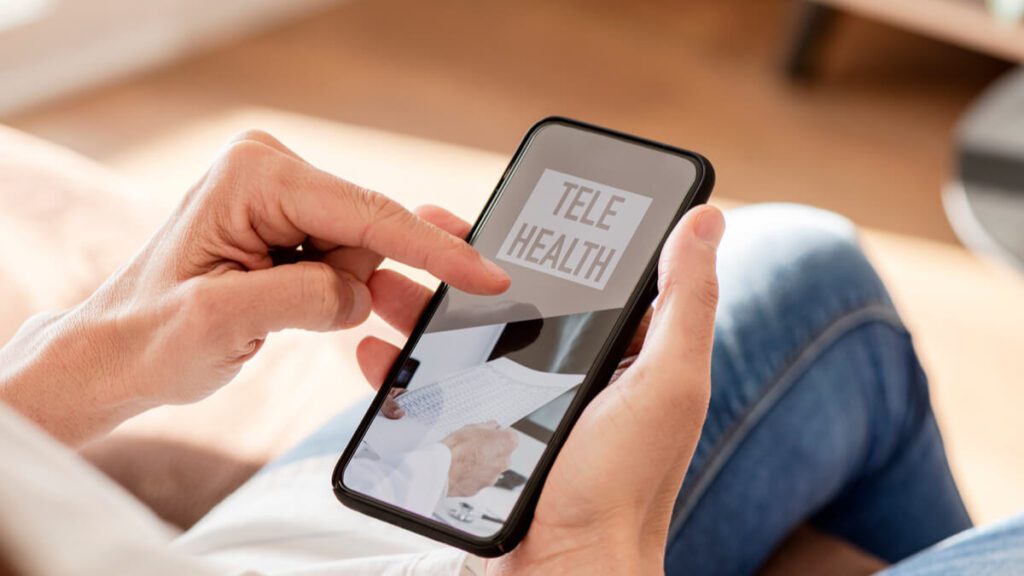
The current pandemic has directly transformed our lives and the communities around us. The outbreak has contributed to disruptions in schooling, economic withdrawals and stressed hospital systems. However, with all of this, the pandemic does have its silver lining: the widespread advancement of telehealth, which has helped mitigate the spread of the virus by reducing unnecessary hospital visits and ensuring millions have access to real time medical providers.
However, to ensure the continuity of telehealth in the future, there are certain conditions that must be met in order to take full advantage of the benefits and to guarantee long-term delivery of telehealth services. Such conditions include, accessibility to high-speed broadband, new fraud detection methods and nationwide interoperability.
Critical need for high-speed broadband networks for telehealth delivery
Recently, the Federal Communications Commission (FCC) reported that more than 18 million Americans lack access to high-speed broadband networks. This figure has far-reaching impacts on the more vulnerable populations, such as individuals with medical conditions or those that live in areas with limited access to quality healthcare.
Having access to high-speed broadband has become a prerequisite for telehealth use, patients need access to reliable internet that supports high-speed transmissions that can enable remote healthcare services and features such as virtual office visits.
A specific area of broadband expansion that is critical to healthcare delivery will be the availability of 5G, which in turn enables mobile phones to be the prime point of contact between patients and providers. The latency and resiliency offered by 5G networks will enable and accelerate the use of more reliable virtual connections.
New fraud detection methods
While telehealth facilitates medical services, it also opens the door for malicious activities and abuse to the system. Given that telehealth is a new medium for delivering healthcare, there are areas that may be more susceptible to fraud than others and may be unique and unknown to federal agencies, making them harder to detect and prevent.
Since the pandemic has increased patient demand for remote care, new fraud detection systems can also provide improved methods for data collection, and service coding.
Importance of nationwide interoperability
Physicians today should be able to directly share medical information between each other and their patients in order to improve the quality of medical services and avoid redundancy. National efforts in the US have been made to enable the interoperability between different healthcare providers, however they have not seen that much success. Specifically the lack of interoperability between the different electronic systems across the healthcare delivery system is a main reason for the delay in the reporting of COVID-19 test results. In order to enhance the quality of the virtual visits, doctors need to have access to patients’ medical records and data such as medications, lab results, imaging data, and hospitalizations.
The pandemic has caused fundamental changes towards data exchange. Given certain circumstances, patients are much more inclined to receive their test results through online patient portals. Thus, It is now in the providers best interest to willingly share clinical data with public health officials and other providers as part of their community efforts in fighting the pandemic and advancing the telehealth field.